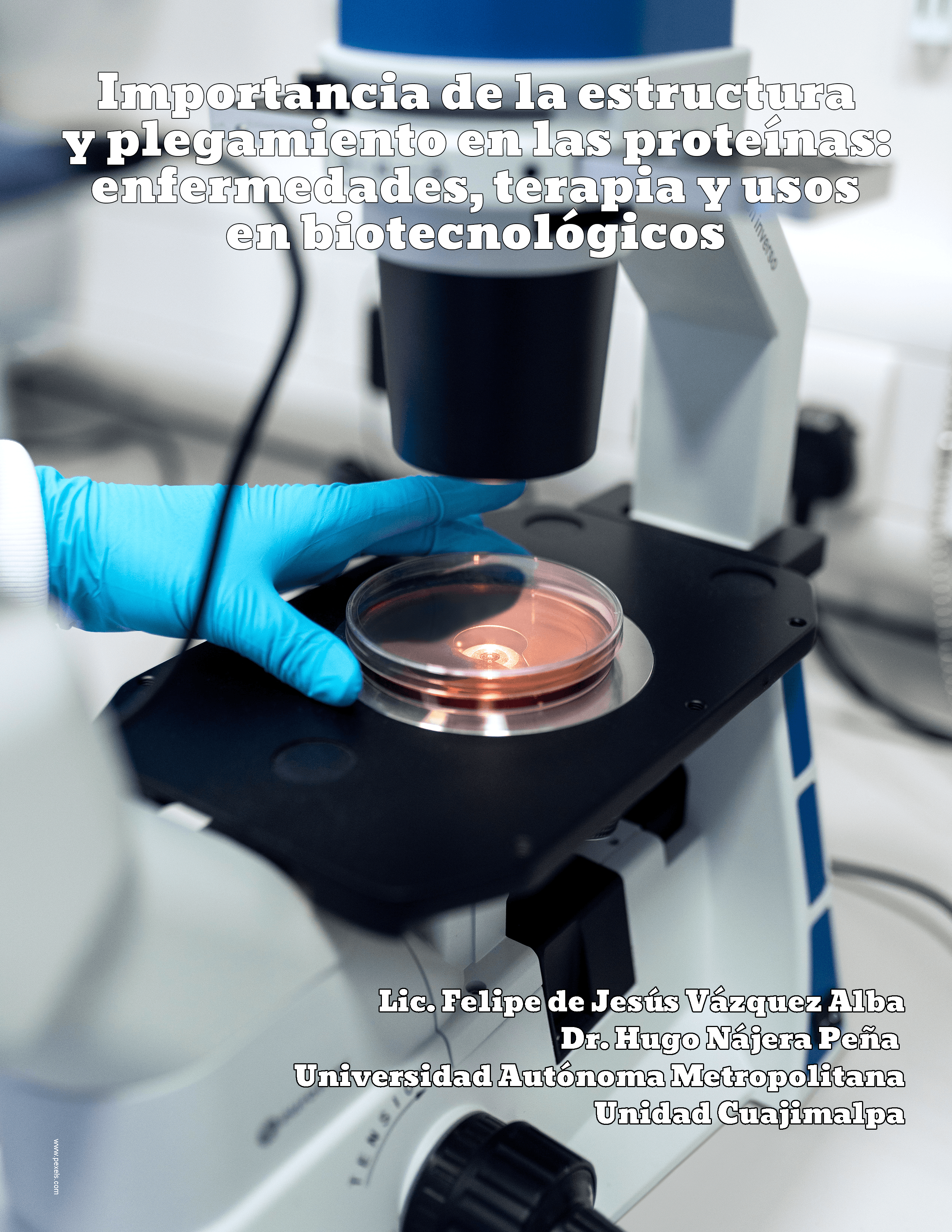Importancia de la estructura y plegamiento en las proteínas: enfermedades, terapia y usos en biotecnológicos
Abstract
Proteins are one of the most important biomolecules for life, due to are involved in a wide range of essential functions for all organisms, for example, it participate in the response of the immunological system, in metabolism reactions, as well as in the oxygen transport in the blood, among others. Hence, normally, the function of proteins is directly related to the native state, since in certain circumstances a protein can acquire a non-native structural states that have been associated with a long list of human illness called amyloidosis. Which are characterized by the presence of amyloid fibers, in some cases, this type of structure is essential for the regulation or activation of proteins, in this case they are known as functional amyloids. This work addresses the importance of protein folding and structure, procedures and tools used to study this phenomenon, conditions related to unconventional folding, as well as the therapeutic strategies for these conditions and the use of biotechnology to take advantage of these amyloid structures.
Downloads
References
Chuang, E., Hori, A. M., Hesketh, C. D., & Shorter, J. Amyloid assembly and disassembly. Journal of cell science, 131(8), pp. 1-18, 2018. Disponible en: https://www.ncbi.nlm.nih.gov/pmc/articles/PMC5963839/
Dobson CM. Experimental investigation of protein folding and misfolding. Methods, 34, pp. 4–14, 2004.
Dobson CM. Protein misfolding, evolution and disease. Trends Biochem Sci, 24(9), pp. 329-332, 1999.
Mitraki A. Protein aggregation from inclusion bodies to amyloid and biomaterials. Adv Protein Chem Struct Biol, 79: pp. 89-125, 2010.
Nelson DL, Cox M M. Lehninger. Principios de Bioquímica. Omega, Espa˜na, 2019, pp. 75- 125.
Otzen D, Riek R. Functional Amyloids. Cold Spring Harb Perspect Biol, 11(12), pp. 1-28, 2019.
Swaminathan R, Ravi VK, Kumar S, Kumar MVS, Chandra N. Lysozyme: A model protein for amyloid research. Adv Protein Chem Struct Biol, 84: pp. 63–111, 2011.
Valastyan JS, Lindquist S. Mechanisms of protein-folding diseases at a glance. Dis Model Mech, 7(1), pp. 9-14, 2014. Disponible en: https://www.ncbi.nlm.nih.gov/pmc/articles/PMC3882043/
van Dyck C. H. Anti-Amyloid-β Monoclonal Antibodies for Alzheimer’s Disease: Pitfalls and Promise. Biological psychiatry, 83(4), pp. 311–319, 2018. Disponible en: https://www.ncbi.nlm.nih.gov/pmc/articles/PMC5767539/






